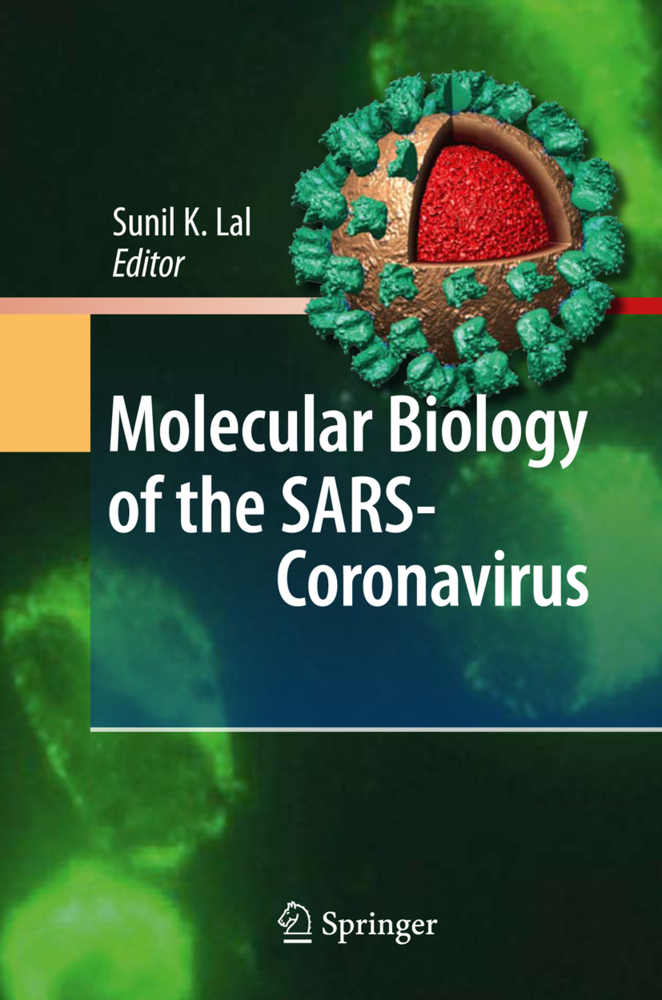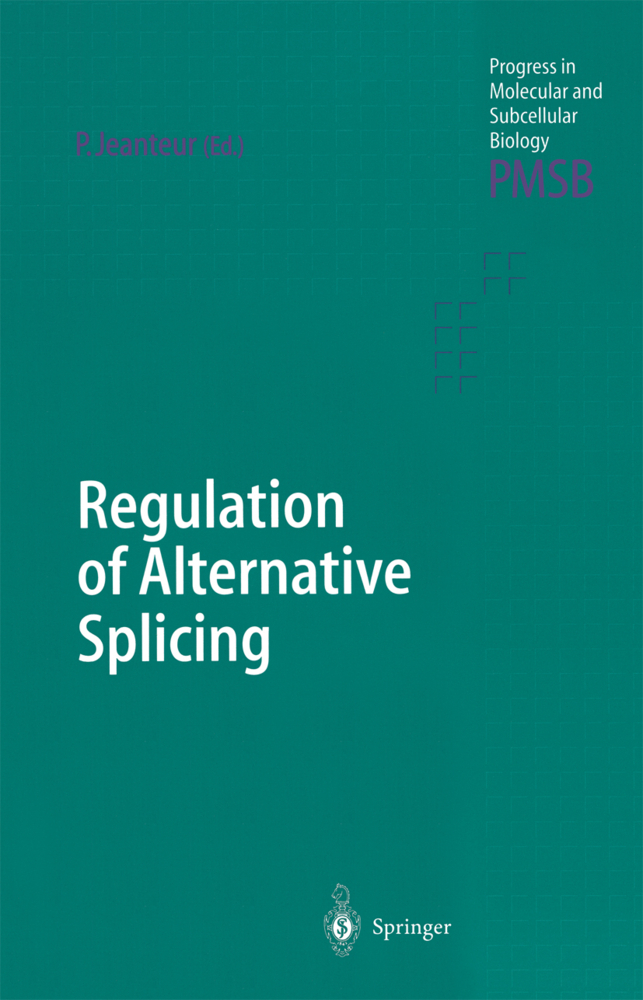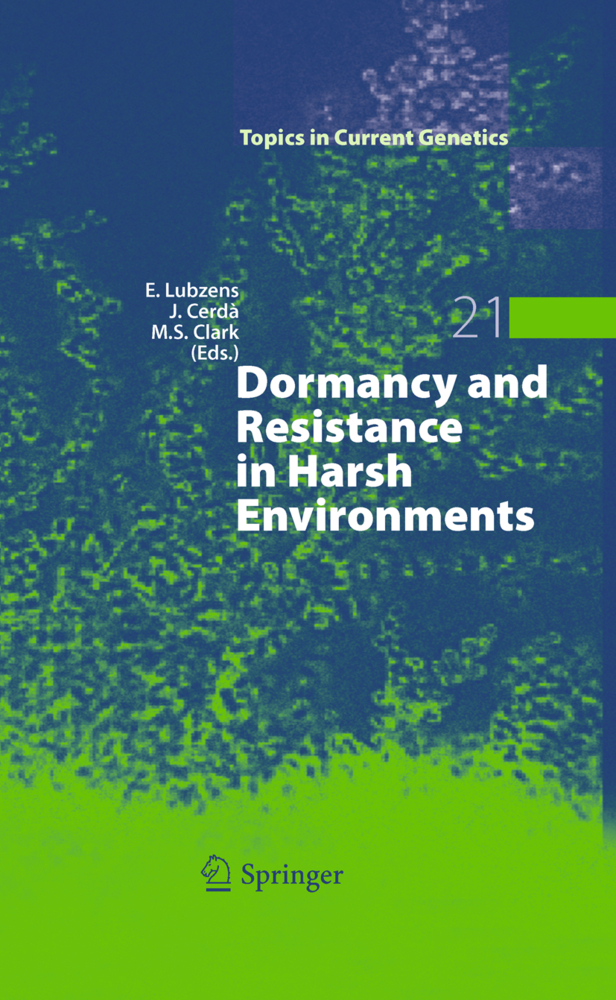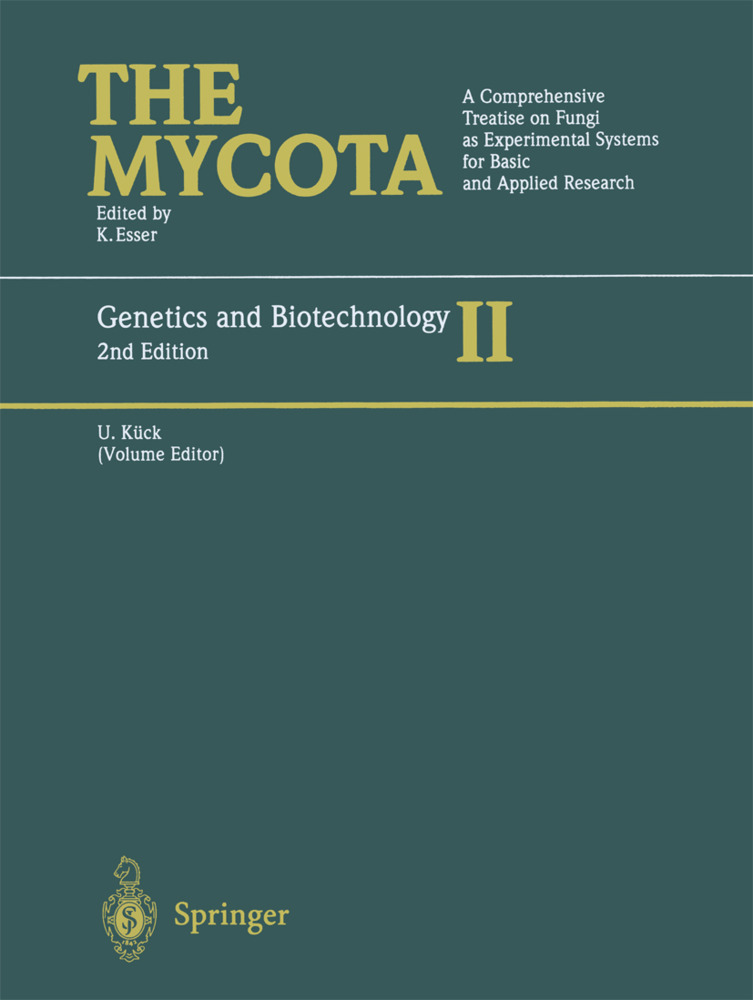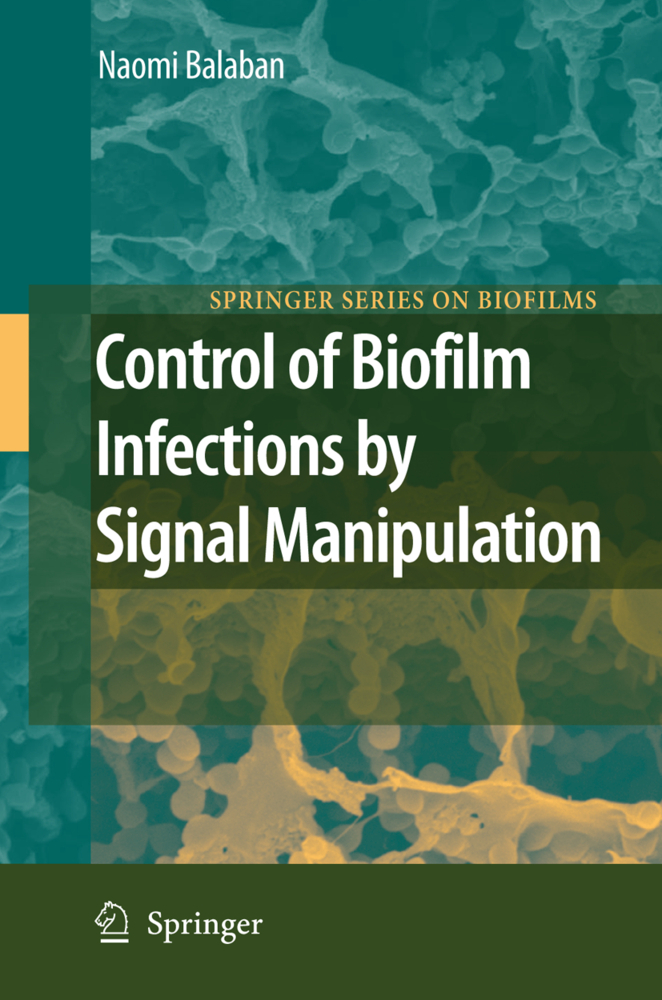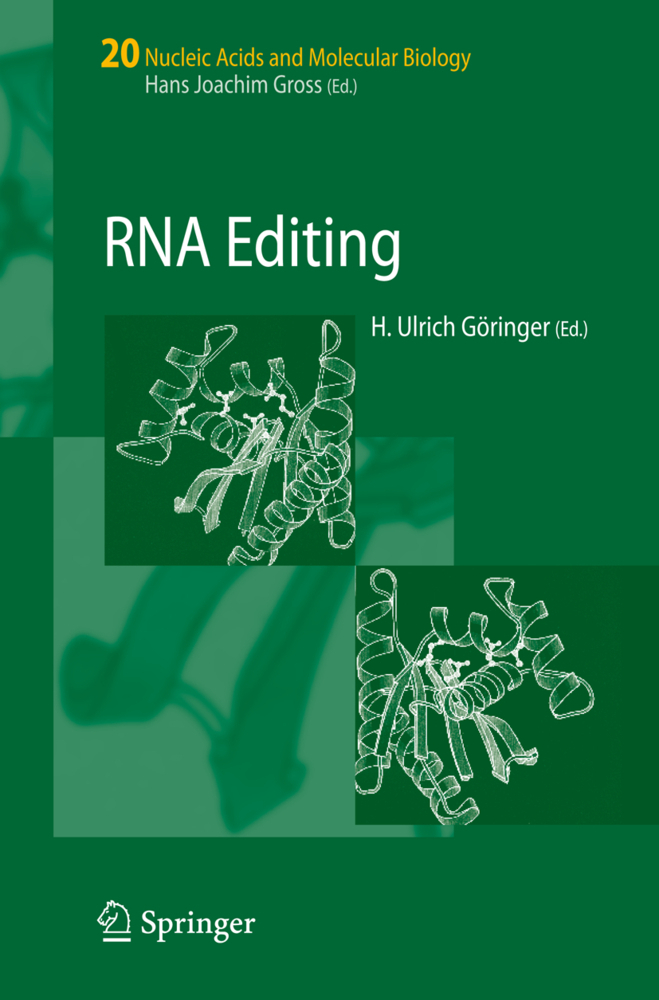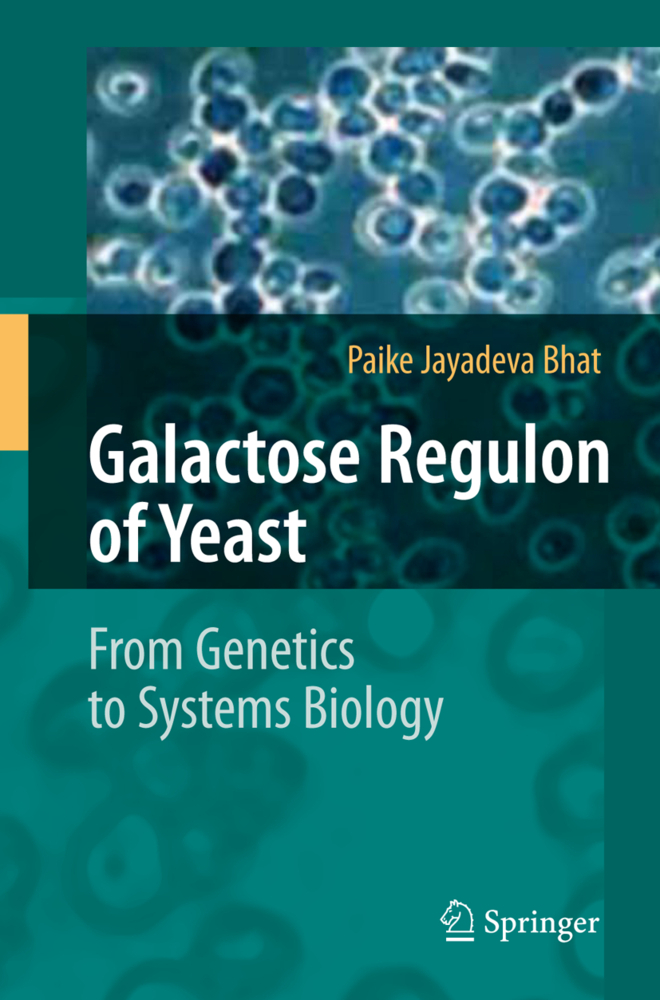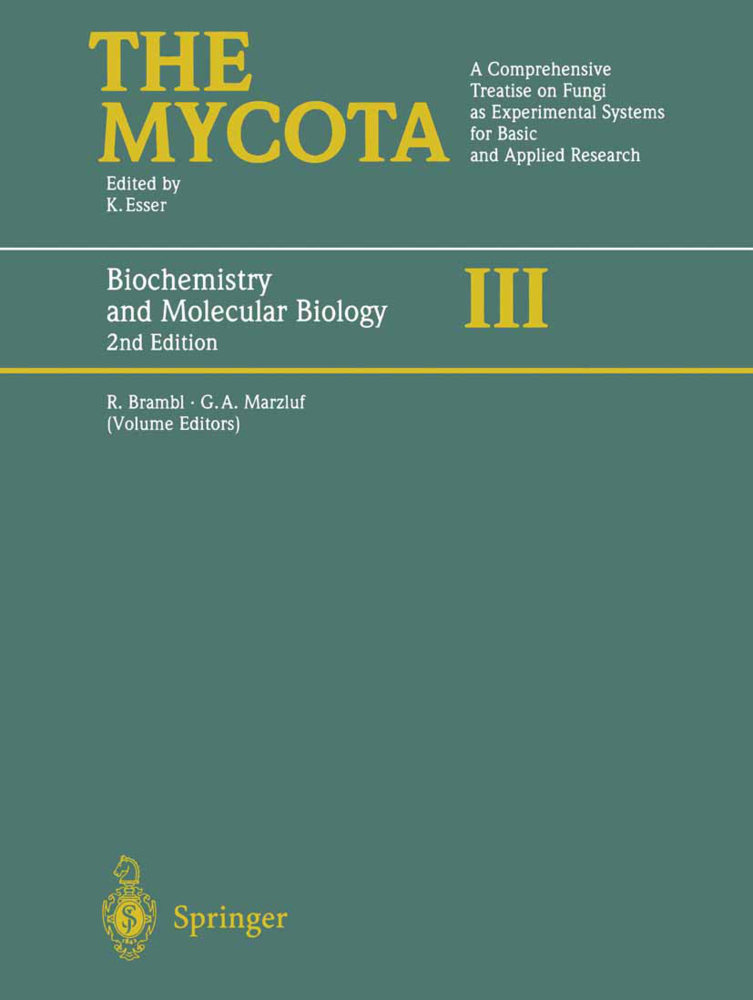SARS was the ?rst new plague of the twenty-?rst century. Within months, it spread worldwide from its "birthplace" in Guangdong Province, China, affecting over 8,000 people in 25 countries and territories across ?ve continents. SARS exposed the vulnerability of our modern globalised world to the spread of a new emerging infection. SARS (or a similar new emerging disease) could neither have spread so rapidly nor had such a great global impact even 50 years ago, and arguably, it was itself a product of our global inter-connectedness. Increasing af?uence and a demand for wild-game as exotic food led to the development of large trade of live animal and game animal markets where many species of wild and domestic animals were co-housed, providing the ideal opportunities for inter-species tra- mission of viruses and other microbes. Once such a virus jumped species and attacked humans, the increased human mobility allowed the virus the opportunity for rapid spread. An infected patient from Guangdong who stayed for one day at a hotel in Hong Kong led to the transmission of the disease to 16 other guests who travelled on to seed outbreaks of the disease in Toronto, Singapore, and Vietnam, as well as within Hong Kong itself. The virus exploited the practices used in modern intensive care of patients with severe respiratory disease and the weakness in infection control practices within our health care systems to cause outbreaks within hospitals, further amplifying the spread of the disease. Health-care itself has become a two-edged sword.
The Cell Biology of the SARS Coronavirus Receptor, Angiotensin-Converting Enzyme 2
Structural Molecular Insights into SARS Coronavirus Cellular Attachment, Entry and Morphogenesis
Structures Involved in Viral Replication and Gene Expression
RNA Higher-Order Structures Within the Coronavirus 5? and 3? Untranslated Regions and Their Roles in Viral Replication
Programmed -1 Ribosomal Frameshifting in SARS Coronavirus
Viral Proteins
Expression and Functions of SARS Coronavirus Replicative Proteins
SARS Coronavirus Replicative Enzymes: Structures and Mechanisms
Quaternary Structure of the SARS Coronavirus Main Protease
The Nucleocapsid Protein of the SARS Coronavirus: Structure, Function and Therapeutic Potential
SARS Coronavirus Accessory Gene Expression and Function
SARS Accessory Proteins ORF3a and 9b and Their Functional Analysis
Molecular and Biochemical Characterization of the SARS-CoV Accessory Proteins ORF8a, ORF8b and ORF8ab
Viral pathogenesis and host immune response
SARS Coronavirus Pathogenesis and Therapeutic Treatment Design
Modulation of Host Cell Death by SARS Coronavirus Proteins
SARS Coronavirus and Lung Fibrosis
Host Immune Responses to SARS Coronavirus in Humans
The Use of Retroviral Pseudotypes for the Measurement of Antibody Responses to SARS Coronavirus
SARS Coronavirus Spike Protein Expression in HL-CZ Human Promonocytic Cells: Monoclonal Antibody and Cellular Transcriptomic Analyses
Signaling Pathways of SARS-CoV In Vitro and In Vivo.
Viral Entry
Cellular Entry of the SARS Coronavirus: Implications for Transmission, Pathogenicity and Antiviral StrategiesThe Cell Biology of the SARS Coronavirus Receptor, Angiotensin-Converting Enzyme 2
Structural Molecular Insights into SARS Coronavirus Cellular Attachment, Entry and Morphogenesis
Structures Involved in Viral Replication and Gene Expression
RNA Higher-Order Structures Within the Coronavirus 5? and 3? Untranslated Regions and Their Roles in Viral Replication
Programmed -1 Ribosomal Frameshifting in SARS Coronavirus
Viral Proteins
Expression and Functions of SARS Coronavirus Replicative Proteins
SARS Coronavirus Replicative Enzymes: Structures and Mechanisms
Quaternary Structure of the SARS Coronavirus Main Protease
The Nucleocapsid Protein of the SARS Coronavirus: Structure, Function and Therapeutic Potential
SARS Coronavirus Accessory Gene Expression and Function
SARS Accessory Proteins ORF3a and 9b and Their Functional Analysis
Molecular and Biochemical Characterization of the SARS-CoV Accessory Proteins ORF8a, ORF8b and ORF8ab
Viral pathogenesis and host immune response
SARS Coronavirus Pathogenesis and Therapeutic Treatment Design
Modulation of Host Cell Death by SARS Coronavirus Proteins
SARS Coronavirus and Lung Fibrosis
Host Immune Responses to SARS Coronavirus in Humans
The Use of Retroviral Pseudotypes for the Measurement of Antibody Responses to SARS Coronavirus
SARS Coronavirus Spike Protein Expression in HL-CZ Human Promonocytic Cells: Monoclonal Antibody and Cellular Transcriptomic Analyses
Signaling Pathways of SARS-CoV In Vitro and In Vivo.
Lal, Sunil K.
| ISBN | 978-3-642-03682-8 |
|---|---|
| Artikelnummer | 9783642036828 |
| Medientyp | Buch |
| Copyrightjahr | 2009 |
| Verlag | Springer, Berlin |
| Umfang | XIII, 328 Seiten |
| Abbildungen | XIII, 328 p. |
| Sprache | Englisch |

